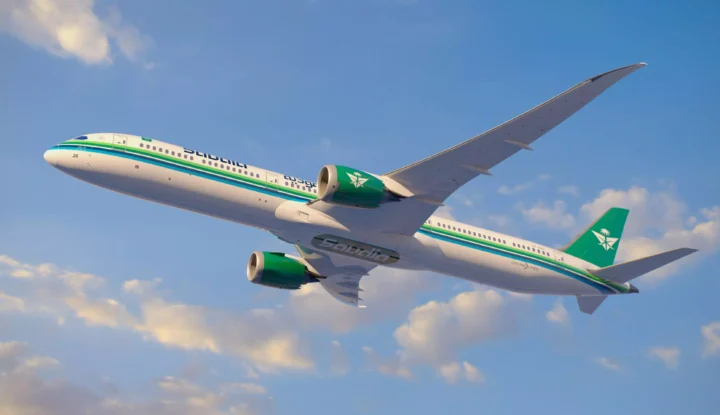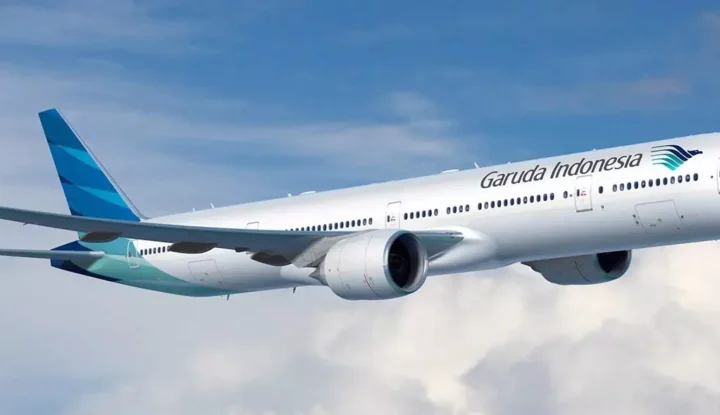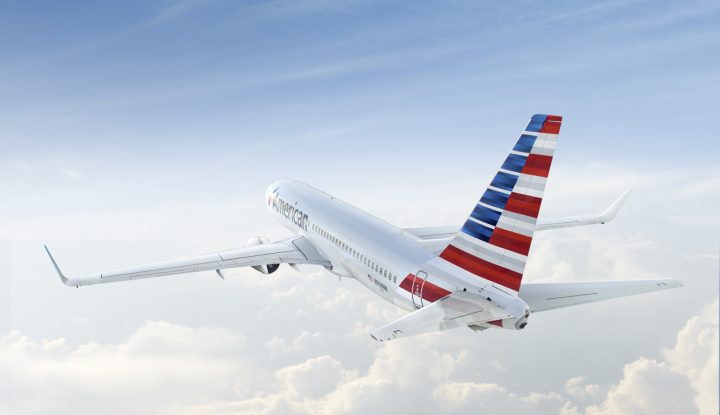Carriers across the globe differ greatly on which merchandising option is best
SOUTHLAKE, Texas, Oct. 21, 2008 – A survey of airlines across the globe, released today by Sabre Airline Solutions Consulting, shows that despite widespread marketplace discussion regarding the importance of generating ancillary revenues, the majority of carriers have made little progress toward executing innovative merchandising strategies like bundling and unbundling airfares to help increase airline revenues.
According to the survey, airlines cite a number of reasons for the lack of progress, including the perception that merchandising is too difficult to put into operations, as well as concerns about consumer rejection or brand impact of the various merchandising options.
“Airlines are focused on the obstacles of change, but it’s imperative to concentrate on the value merchandising offers them and their customers,” said Greg Webb, chief marketing officer for Sabre Travel Group. “Despite the struggles airlines are facing, there is a real opportunity for them to provide choice and value to passengers while at the same time generating incremental revenue.”
Sabre consumer research has found that travelers value maximum choice when deciding which airline products and services to purchase, with one-third preferring a hybrid of bundled and unbundled pricing options. If airlines match their offerings with traveler wants, they can increase consumer loyalty.
The global survey of nearly 90 airlines, which represented a strong mix of business models and carriers of various sizes, indicated that 36 percent agree that, other than fuel costs, revenue growth via pricing action will be their greatest business challenge over the next two years.
With revenue growth a top priority and challenge for airlines, they find themselves in unchartered territory.
“This likely means that airlines find themselves in a hybrid situation – they are trying to balance a new world of now having to become a more fulsome service provider, travel supplier and travel retailer,” Webb said. “It’s an unusual situation where airlines are trying to ensure they have the ability to market products to consumers, while also trying to keep up with a marketplace that’s evolving rapidly.”
To help increase revenues during times of economic uncertainty, some airlines are pursuing more traditional tactics such as frequent flier products and services, including co-branded credit cards, and the selling of advertising space on their Web site or in-flight materials. Frequent flier mile programs remain a top strategic priority for one-in-three airline decision makers, twice the rate of using fare families/branded fares, the next highest-rated merchandising opportunity.
Selling advertising is the ancillary revenue strategy being implemented by 50 percent of airline decision makers surveyed. However, there are distinct regional differences as only 48 percent of airline executives in Europe/Middle East/Africa (EMEA) compared to 62 percent in Asia-Pacific (APAC) have either considered or have implemented selling advertising.
“In many cases, airlines view implementing tactics, such as advertising and frequent flier programs, as both the quickest to market and the least complicated to implement,” Webb said.
The survey found additional regional distinctions in the results. For example, when asked which one merchandising strategy is viewed as their top priority, 40 percent of those surveyed in both EMEA and APAC are focused on frequent flier programs, while only 17 percent of those surveyed in the Americas consider it their top priority.
Although many U.S. carriers recently began charging for second checked bags, only four percent considered it a top priority in APAC, while none of those surveyed in EMEA consider it a top priority.
The Sabre survey also showed that rejection of tactics such as pay-for-meals, pay-for-in-flight entertainment and fees for first checked bags appear to be due to concerns of negatively impacting their customers and their brand image.
Yet the study also shows distinct perception differences among airlines regarding implementation difficulty. For example, 61 percent of those who have not implemented pay-for-in-flight entertainment capabilities perceived this tactic to be too difficult to execute. In contrast, only a handful of airlines using pay-for-in-flight entertainment found it difficult to implement.
Those surveyed indicated there are a number of challenges to enabling a successful and leading-edge merchandising strategy. Among the issues cited by survey participants include, a lack of industry standards, lack of available technology, government regulations and internal strategy development / alignment.
“Sabre has a strong desire to help develop and implement industry standards and we’ve been working toward that end for some time,” Webb said. “Without those standards in place, it has made bringing the right technology to the marketplace very difficult as each airline wants to execute the various merchandising strategies in different ways, which requires a great deal of customization.
“All the right parties have been working for some time on developing industry standards, but it has been a very slow process. We all need to find a way to break through this piece of the puzzle quickly,” Webb said.
About Sabre Holdings
Sabre Holdings connects people with the world’s greatest travel possibilities by retailing travel products and providing distribution and technology solutions for the travel industry. Sabre Holdings supports travelers, travel agents, corporations, government agencies and travel suppliers through its companies: Travelocity, Sabre Travel Network and Sabre Airline Solutions. Headquartered in Southlake, Texas, the company has approximately 9,000 employees in 59 countries and is owned by private equity firms Silver Lake Partners and TPG. More information is available at http://www.sabre-holdings.com.


